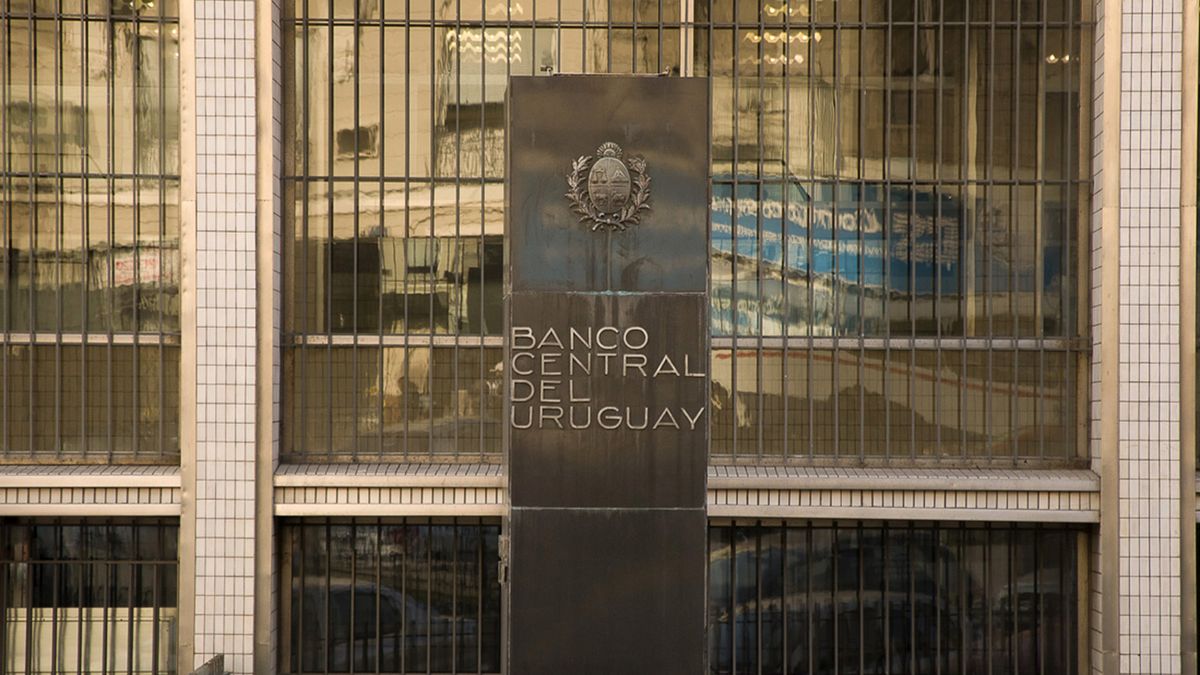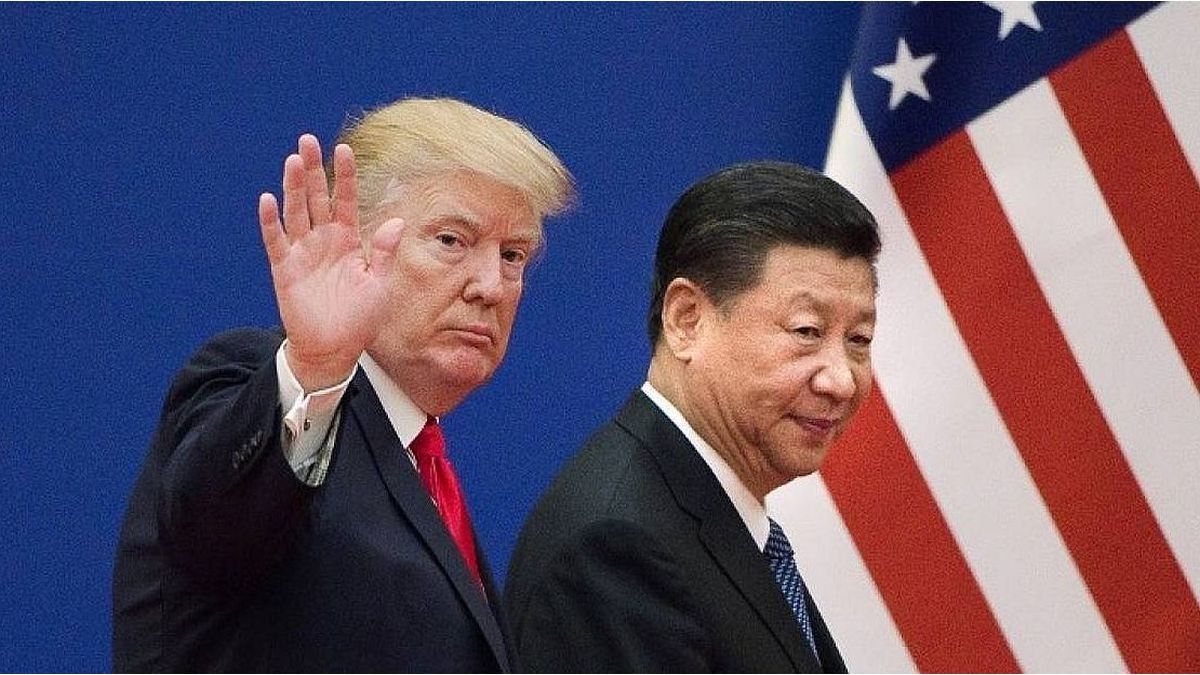Last Wednesday, April 19, the Monetary Policy Committee (Copom) of the Central Bank of Uruguay (BCU), decided a reduction of 25 basis points in the Monetary Policy Rate (dwt). In an official statement, the state body explained its actions.
After analyzing the world scenario and the economic evolution of the Uruguaythe Board of Directors of the Central evaluated first “the process of consolidating a downward trend in inflation” in the country, and observed that the monetary policy transmission channels were “operating properly”.
From this, and ratifying “the continuation of contractionary monetary policy“, the cut in the TPM was decided. From the BCU, they affirm that the resolution “is consistent with the objective of continuing the efforts for the convergence of inflation and its expectations“, which understand that they still remain “rigid” on the horizon of monetary policy.
Likewise, it is clarified that the future movements of the TPM will be valued based on “the evolution of the inflation expectations of the different economic agents”, as well as “those of the BCU”, and the evolution of inflation itself.
What analysis did the BCU make about the economic context?
For the BCU, the global economic context “exhibits a mixed picture“, since, on the one hand, “inflation shows a slower decline than expected“, while “economic activity shows signs of lower growth“, as a result of the financial restrictions derived from the economic events that occurred in USA and Europe.
In the United States, they believe that the Federal Reserve (fed) carry out at least one additional increase in the reference rate, justified by the employment and inflation data provided by the North American country. However, from the market it is expected that the Fed “start a cycle of rate cuts“, that “would cause an appreciation of the assets“, and “a reduction in financing costs for emerging countries“.
From the BCU, they understand that this divergence between a possible rate hike and market expectations could “represent a risk of possible abrupt correction of the prices of financial assets“.
At regional level, Brazil It is experiencing an economic slowdown as a result of the impact of a restrictive monetary policy and lower world growth. On the other hand, the BCU understands that the new tax framework contributed to improving investor confidence.
While Argentina Its financial system continues to be fragile due to the shortage of dollars caused by the drop in export prices and the current drought, “in a framework of restrictions due to the lack of sustainability of the debt in pesos,” and inflation that exceeds 100% year-on-year.
At the local level, where economic activity grew by 4.9% on annual averageand the level of Gross Domestic Product (GDP) reached in the last quarter of last year was 3.7%, short-term projections suggest that the economy will expand over the next two quarters.
In turn, the Board of Directors maintains that the effects of the drought during the last quarter of last year affected the rise in the price of fruits and vegetables during the first months of the year.
What is the local scenario regarding monetary policy?
With year-on-year inflation falling and closing March at a 7.33%and subjacent inflation located at 6.16% (the lowest level in recent years), the Copom explained that analysts’ inflation expectations for the monetary policy horizon (HPM) stood at 6.85% in April.
On the other hand, the net stock of Fine Tuning Instruments (ISF) showed a temporary increase in February due to the issuance and exchange operation carried out together with the Ministry of Economy and Finance (MEF). BCU’s share in the overnight market remained low, representing 14.1% of the amounts traded in the quarter.
The operation had limited effects on cash in circulation Letters of Monetary Regulation (LRM) which returned to the previous level of March. The LRM yield curve narrowed prior to the swap, from 11.9% in January to 11.5% in February and March.
The average deposit rate to the Non-Financial Sector (SNF) stood at 9.2% during the month of February, showing a growing trend since the increase in the TPM. The lending rate in National Currency (MN) average to companies fell by 24 basis points in February, to 15.1%, while the lending rate in Foreign Currency (I) remained at 5.5%.
Source: Ambito




